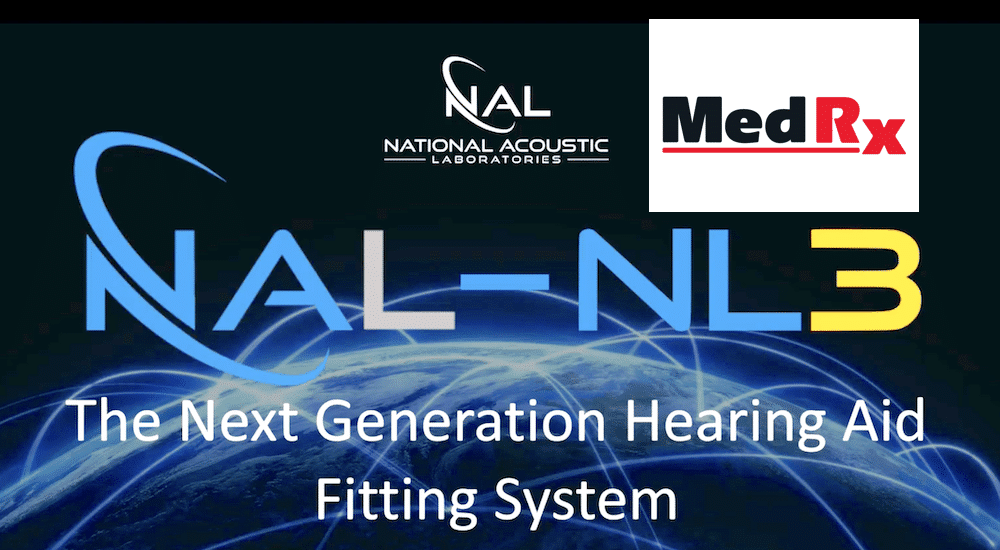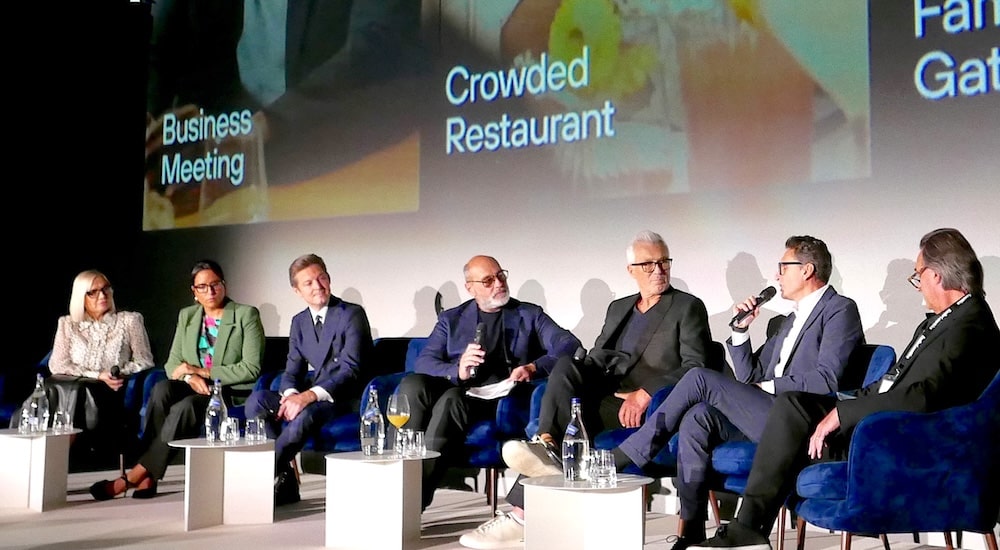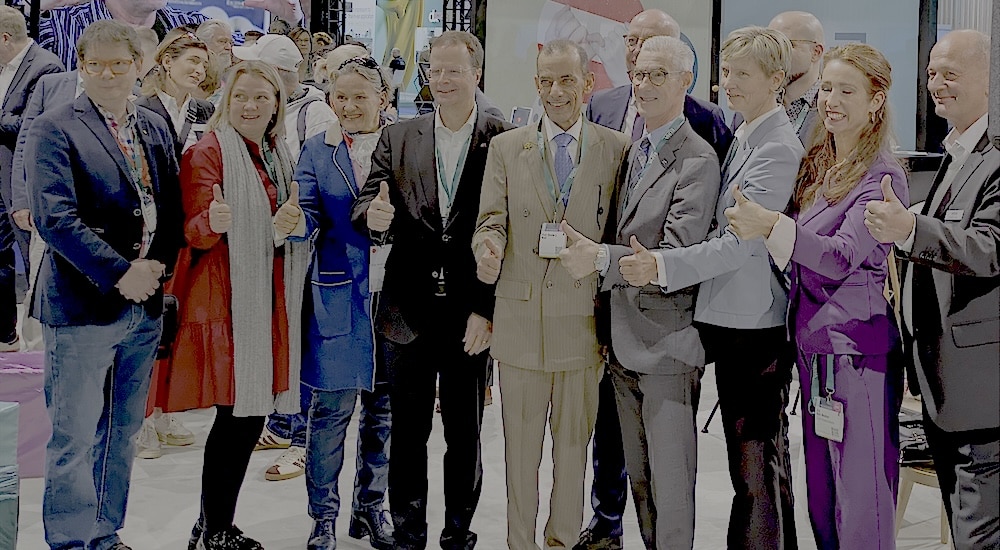Customer-centric innovation: how end-users are driving hearing care technology
conference
Every ear is different yet hearing instruments tend to be standardised. Putting the customer at the heart of innovation is key to bridging this gap. BIHIMA spoke with GN Hearing about their focus on making life sound better for everyone. Olivia Hill interviewed Tom Woods, Senior Vice President Europe & Global Partner Sales at GN Hearing.

BIHIMA: How do you know what customers need and want?
Tom Woods (TW): At GN, people with hearing loss are at the heart of all our innovation. We consult with people living with hearing loss prior to any development phase. We go through early programme work and we assess those individuals through to launch and post launch to evaluate how well we did with the unmet need.
We carry out market research and have focus groups early on. One of the needs identified was a lack of natural sounds and localisations. This has been known in the industry for ten years; we’ve been working on it for a long time.

BIHIMA: How is GN putting people living with hearing loss at the forefront of tech innovations?
TW: There really isn’t a standard ear – each person’s hearing is unique – but hearing instruments use a standardised approach, so, the sound can be inorganic. We have a design philosophy called Organic Hearing, mimicking the sound people hear. For example, our ReSound ONE hearing aid with M&RIE places an additional microphone in the ear canal that mimics and improves localisation.
“I think for a long time we’ve had a potential issue with a lack of qualified hearing care providers. And even more so now.”

BIHIMA: What are some of the lessons you have learned about the importance of consumer experience?
TW: We underestimate the importance of Organic Hearing / natural sound. The key for the new ReSound ONE hearing aids with M&RIE was trying to get the microphone in the ear canal along with the receiver without getting feedback. And no one had been able to crack that code. We tried it out in the lab and with users, perfecting it before release.
BIHIMA: Tell me about natural sound?
TW: If you compare it to vision, you put on the right pair of glasses and you get 2020 perfect vision. That’s not the case with hearing loss – there is no perfect fix – though we are getting closer and closer to it. For example, patients who’ve worn hearing instruments for a long time put on ReSound ONE hearing aids and have the ah-ha! moment, hearing sounds they perhaps haven’t heard for years and knowing where the sounds are coming from.
BIHIMA: Are customers coming earlier to hearing instruments?
TW: The average age of a first-time hearing instrument wearer is moving down, though not as much as we’d hope. The stigma of having a hearing loss is still there, but it’s subsiding to a degree. People wear things in their ear, streaming and connectivity has improved. And it all makes it easier to adopt them. Society is educating people more on the comorbidities of hearing loss. I do think we’re making big strides.
BIHIMA: Are there any challenges/drawbacks to a customer-centric model of care, perhaps in terms of undermining professional advice and expertise?
TW: It’s not one or the other but a partnership between industry and manufacturers, end users, and hearing care professionals (HCPs). People are taking more ownership of their health care. The best result is working with the HCP and getting the personalisation of a digital experience when they need it.
BIHIMA: What impact has Coronavirus had on the industry from a manufacturer’s perspective? What have been the challenges you’ve faced in the supply of hearing instruments?
TW: The pandemic has had a major impact on the industry. To some degree it was an opportunity. With people in isolation and masks, people realised for the first time that hearing loss was truly impacting their life. But in the early days there was no way to see their HCP.
From the end users’ standpoint, we looked at how we help them – with remote care, with in situ hearing tests and fittings.
We also had situations with HCPs struggling as a business, so we prioritised speaking with individuals as frequently as possible, so we could find practical ways to support individual businesses. We are all in this together. How we helped our customers was essential to avoid negatively impacting those with hearing loss.
BIHIMA: Are you seeing signs of a release of pent-up demand for hearing instruments following the initial closure of services? How are you responding to this?
TW: Yes, the market in 2020 was down roughly 20% on 2019 globally so clearly many people who had a need didn’t seek assistance. Some markets opened, but we do know that there is pent-up demand. We’re starting to see the US market grow at a higher rate than usual, and I think this will happen everywhere.
I think for a long time we’ve had a potential issue with a lack of qualified hearing care providers. And even more so now.
I don’t have all the answers, but I think one is improved efficiency. If demand is going up, we need to work together to find ways to increase efficiency that doesn’t impact on the quality of work. I think remote care really is one of these.
“Society is educating people more on the comorbidities of hearing loss. I do think we’re making big strides.”
BIHIMA: What would you like to see for customer-centric care in the next decade?
TW: I believe the involvement of HCPs is critical for the best customer outcome. I envision a more educated consumer, working closely with the HCP and in some cases working with the manufacturer. Technology innovation, user insight, and a delivery model that includes a hands-on HCP and a digital approach to augment that.
We have an obligation to improve the quality of the life for the user and want them to continue their journey – there’s a lot more that hearing instruments will be able to do in the future.
Right now, there’s a lot out there and consumers think, ‘what should I do, who should I go with?’ As an industry, I think we’ll cut through a lot of that and have a highly efficient model in the future that benefits everyone.
BIHIMA: Any final thoughts?
TW: From a personal perspective I consider myself very fortunate. In this industry we are truly focussed on the end consumer, and we make a positive impact on people’s lives. We’re doing things for the right reason and that results in the innovation you see.
About BIHIMA: The British Irish Hearing Instrument Manufacturers Association (BIHIMA) represents in the UK and Ireland the world’s leading hearing instrument manufacturers. We work in partnership with other professional, trade, regulatory and consumer organisations within the health care and charitable sectors. Our goal is to raise awareness of the benefits of hearing well, making available the very latest in hearing technology aligned to consumer and hearing healthcare priorities to enhance the lives of those affected.Visit www.bihima.com.
Source: Audio Infos no. 143, July – August 2021/ BIHIMA
 Sign in
Sign in

